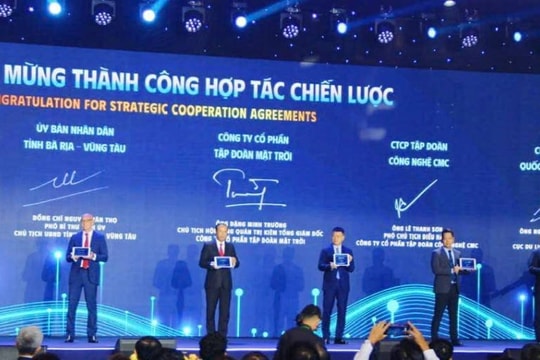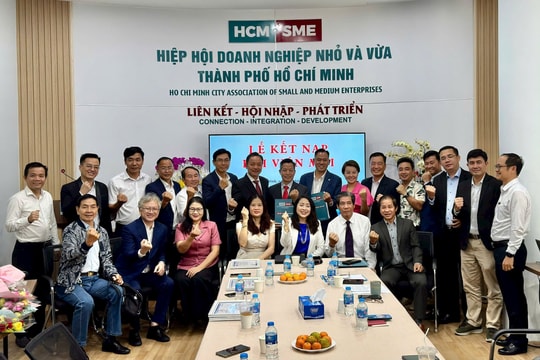
Inventory: From “Safety Buffer” to “Financial Burden”?
Inventory has never been a simple equation. Before the pandemic, many companies adopted the Just-In-Time (JIT) model to reduce storage costs. However, when supply chains were disrupted by COVID-19, the strategy revealed significant limitations, causing numerous companies to face crises due to shortages in raw materials and end products. Conversely, the Just-In-Case approach consumes substantial resources and increases financial pressure in high-interest environments.
Notably, according to the latest 2024 survey from Inbound Logistics, up to 67% of companies believe they need a “hybrid” inventory strategy—combining the flexibility of JIT and the backup capacity of JIC. This shows that inventory is no longer a one-dimensional issue, but rather requires deep analysis of the supply cycle, demand fluctuations, financial capacity, and industry specifics.
Additionally, ESG (environmental, social, and governance) factors are also influencing inventory strategies. Many companies are reassessing their supply chains to reduce carbon emissions, necessitating adjustments in storage and transportation methods to achieve sustainability goals.
“Today, most RFQs or purchasing requests in the U.S. include environmental clauses. Companies are starting to make decisions based on the environmental profile of suppliers. Many firms are now reporting their carbon emissions, and there is increasing discussion about Scope 3 emissions—those not directly generated by the company but by its partners and suppliers.”
— Alan Amling, Lecturer at the University of Tennessee, expert in supply chain and digital innovation.
What Technologies and Methods Enable More Effective Inventory Management?
Improved Demand Forecasting with AI and Machine Learning
Leading companies such as Target, Walmart, and The Home Depot are leveraging artificial intelligence (AI) to forecast demand and manage inventory. For instance, Target uses the Inventory Ledger system to predict billions of demands weekly and detect items at risk of stockout early. Walmart applies AI to adjust inventory by region, ensuring supply aligns with local demand. These approaches help minimize stockouts and optimize storage costs.
Multi-Echelon Inventory Optimization (MEIO)
MEIO allows businesses to determine optimal inventory levels at each stage of the supply chain, from suppliers to retailers. This minimizes storage costs while enhancing customer service levels. According to Inbound Logistics, MEIO is becoming a vital tool for businesses to adapt to market volatility.
Modern Warehouse Management Systems (WMS)
WMS enables real-time inventory tracking, automates inbound and outbound processes, and reduces errors. Reports from Inbound Logistics show that deploying WMS can cut storage costs by up to 30% and improve inventory accuracy.
Which Companies Have Successfully Improved Their Inventory Management?
Besides ABC School Supplies, fashion retailer Zara is a notable example of using technology to optimize inventory. Zara integrates data from POS systems at its stores with AI to analyze real-time consumer trends. This allows for flexible production and distribution adjustments per region, reducing excess inventory and speeding up product turnover.
Frozen food manufacturer Tyson Foods utilizes IoT sensors in inventory management to ensure product quality in cold storage. Data on temperature, humidity, and storage duration is continuously updated, enabling strict control of product quality and compliance with food safety regulations in the U.S. and Europe.
These examples show that there is no universal “template” for inventory management. The key is to select the right tools and strategies that fit the business model and target market.

Businesses Need a Flexible and Efficient Inventory Strategy
Given the rapid pace of market and global supply chain changes, there is no fixed formula for effective inventory management. Successful businesses are those that leverage data and integrate technologies like AI, IoT, and ERP systems to monitor, analyze, and respond promptly. They no longer view inventory as a cost but as a strategic asset, integral to operational efficiency, customer experience, and sustainability goals.
An effective inventory strategy is not merely a technical issue but a blend of technology, leadership mindset, and agile decision-making. In the age of big data and constant volatility, businesses that adapt quickly and invest wisely in inventory management will gain clear advantages in cost, time, and customer trust. This foundation is essential for building strong supply chains and achieving long-term growth.






.jpg)

.png)
.png)
.png)
.png)



.png)







.png)